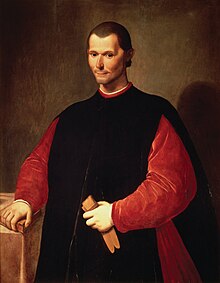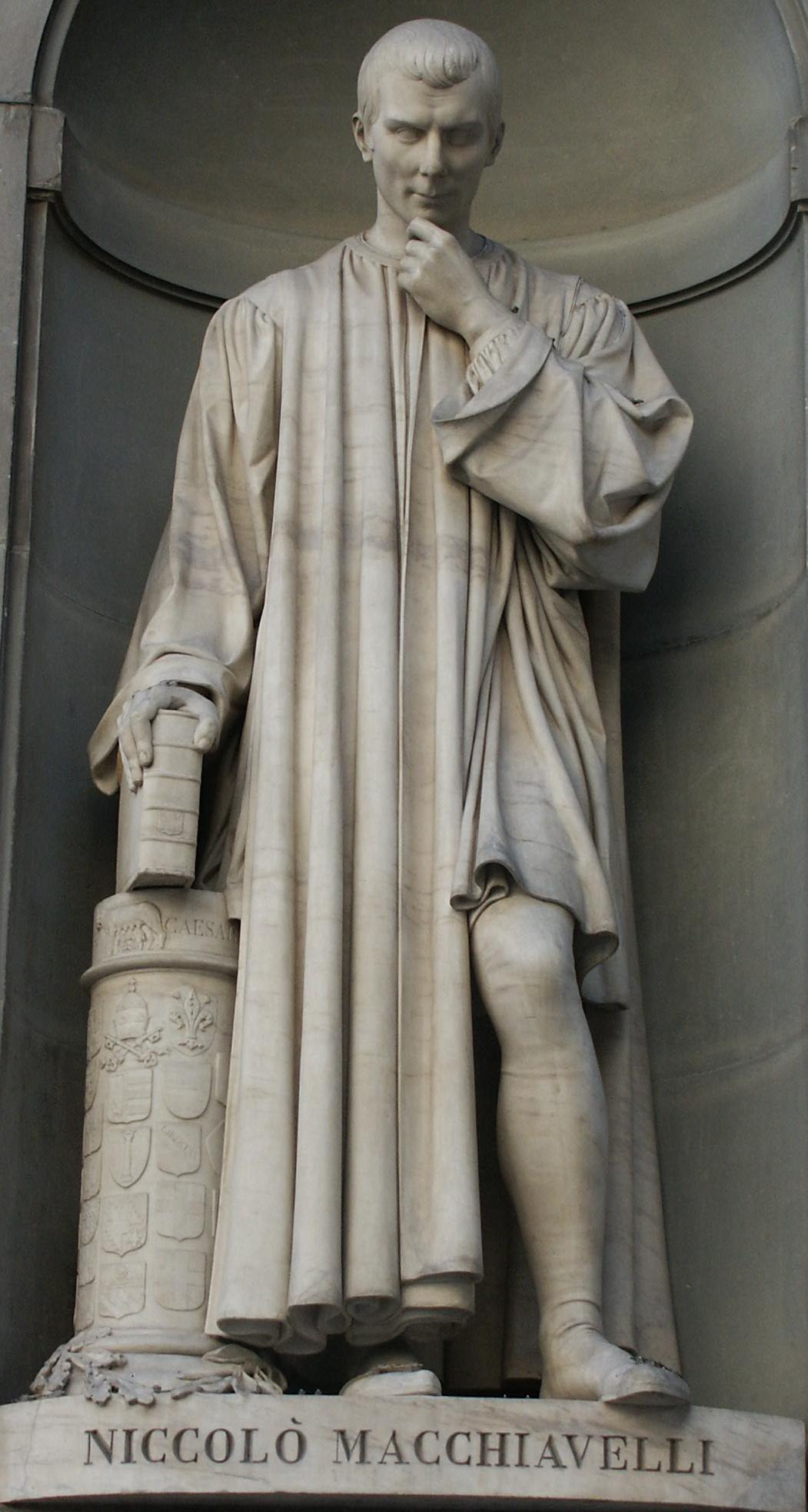What, you don't have a painting of your circumcision?
Ambrogio Lorenzetti's "Presentation of Jesus in the Temple" is one of his more well known and influential pieces. For biographical information on the Lorenzetti brothers, please refer to Mitch's post, "The Lorenzetti Brothers."
In my previous blog post I discussed the painting structure for the various "Madonna Enthroned." Similarly, the "Presentation" is a painting archetype whose origins can be soundly traced to the 11th century. I say soundly because the depiction of the Presentation had a spotty or, as Wolbrink would say "sketchy", reputation until the 11th century. The reason for this being that the Greek Orthodox church did not recognize the "Presentation" as one of the major festivals of Christ until this point (Shorr, 19). However, the origins of the festival itself, know as Hypapante (see "History" section), can be traced all the way back to the 4th century. There was a discrepancy between the western and eastern traditions of Hypapante, which also contributed to the latency of the depiction of this sacred presentation. Now, to the scene its self.
As you can see, this is obviously a sacred scene, noted by the aureola (minds out of the gutter) around the heads of religious figures. This scene is actually a depiction of an event in the Gospel of Luke-the presentation (aka circumcision) of Christ. You will find five people steadfastly in the "Presentation" scene- Mary, Jesus, Simon, Joseph and the prophet/seer Anna. These figures are found in even the earliest depictions of the "Presentation." As time went on however, we find that secular figures were added to the depiction.
For a closer hands-on look, click here
Presentation of Jesus in the Temple
c.1342
This brings us to the significance of Lorenzetti's specific "Presentation". First of all, Ambrogio's is the first "Presentation" dated that introduce the High Priest (aka the guy in the middle) into the mix (Shorr, 27-28). Why would this make such a significant difference? As we have learned in class, the naturalistic approach to art was becoming popular. So, it would be appropriate to add a high priest into a depiction of a scene in a temple, rather than just focus on the sacred figure. What also sets this depiction apart from previous pieces is the naturalistic characteristics in general. Ambrogio does away with hierarchal scaling, and really plays up the architecture of the scene and sizes the people appropriately. Another breakthrough aspect of naturalism that can be found in this depiction is the behavior of Christ. He looks like an actual dumbfounded new born (ex: finger in mouth), as opposed to the all-knowing genius baby found in Byzantine paintings. Lastly, Ambrogio plays up the gothic architecture. Originally this panel was intended for the Duomo in Sienna, and you can tell similarities in style (Zucker & Harris, Smarthistory).
Sources:
Shorr, Dorothy C. f. "The Iconographic Development of the Presentation in the Temple ." Art Bulletin . Vol. 28.No. 1 (1946): 17-32. Print. <http://www.jstor.org/stable/3047041>.
"Lorenzetti's Presentation of Jesus in the Temple" (video). Smarthistory.org. Speakers: Dr. Beth Harris, Dr. Steven Zucker (2 min 27 sec). Accessed September 12, 2013. <http://smarthistory.khanacademy.org/lorenzetti-presentation-in-the-temple.html> <https://en.wikipedia.org/wiki/Presentation_at_the_Temple_(Ambrogio_Lorenzetti)>
JRC






















